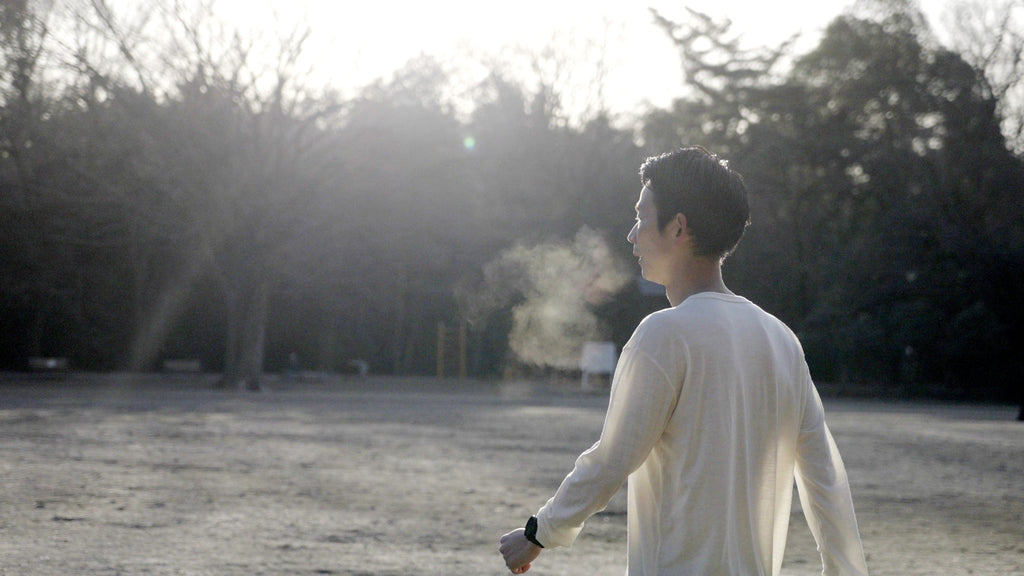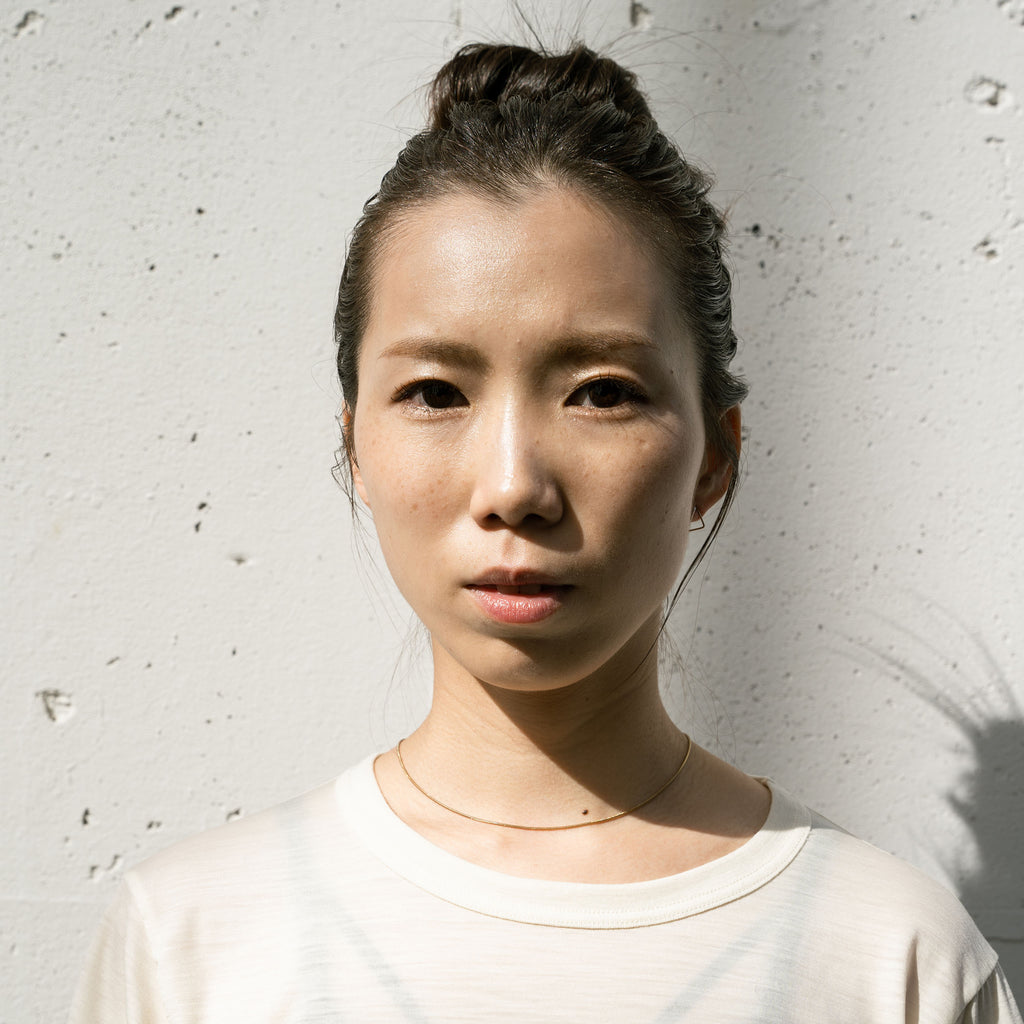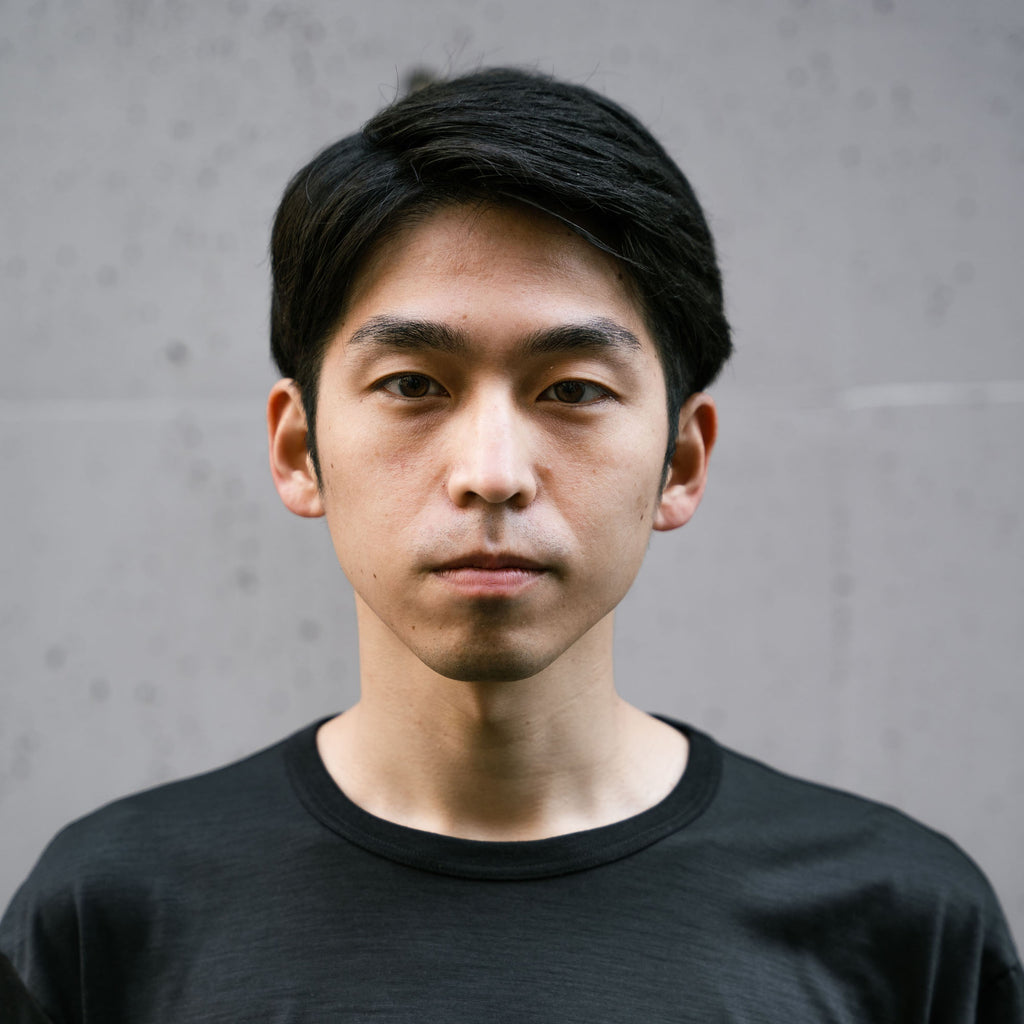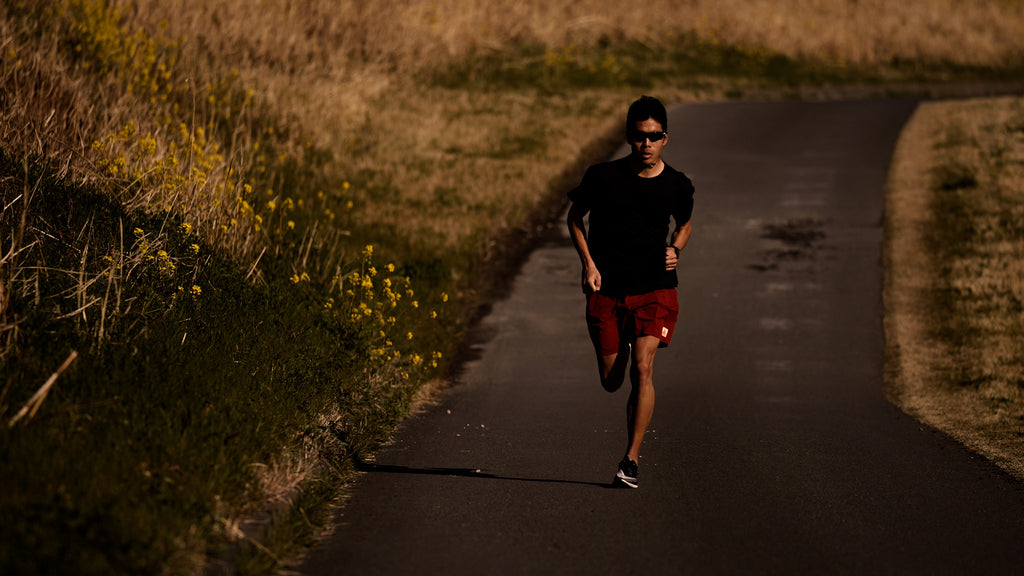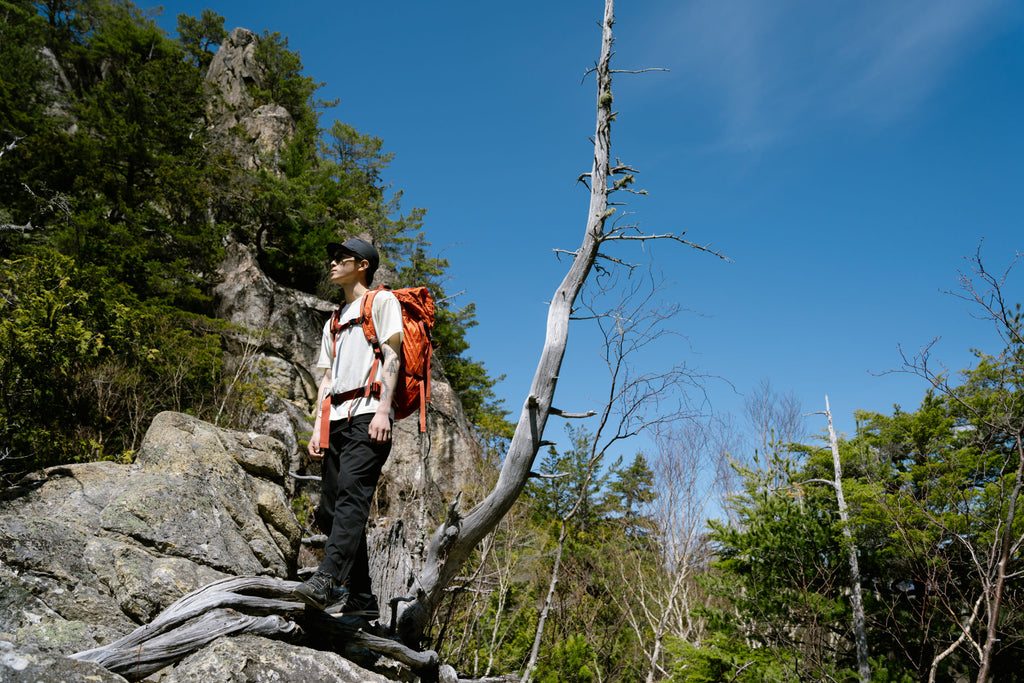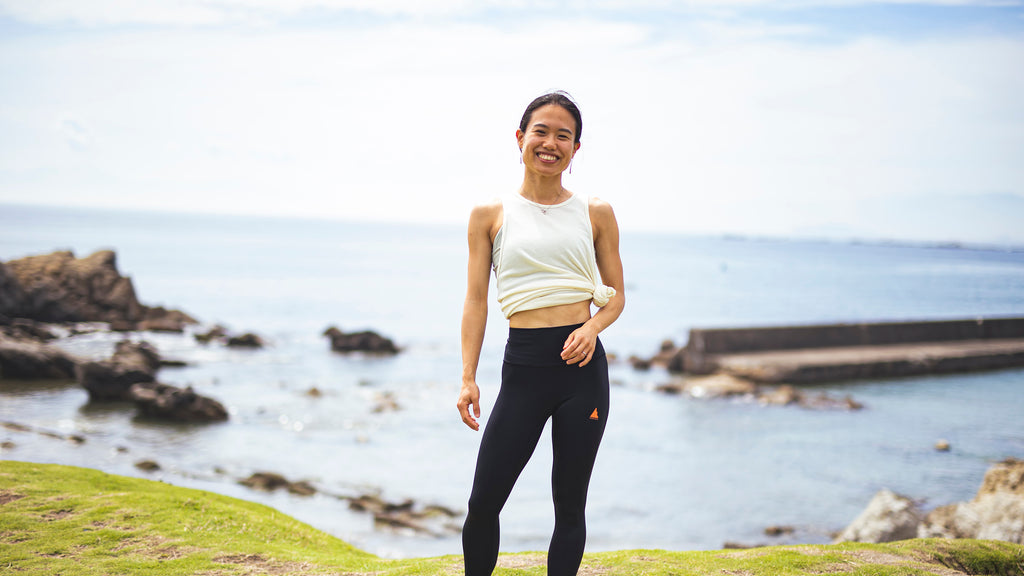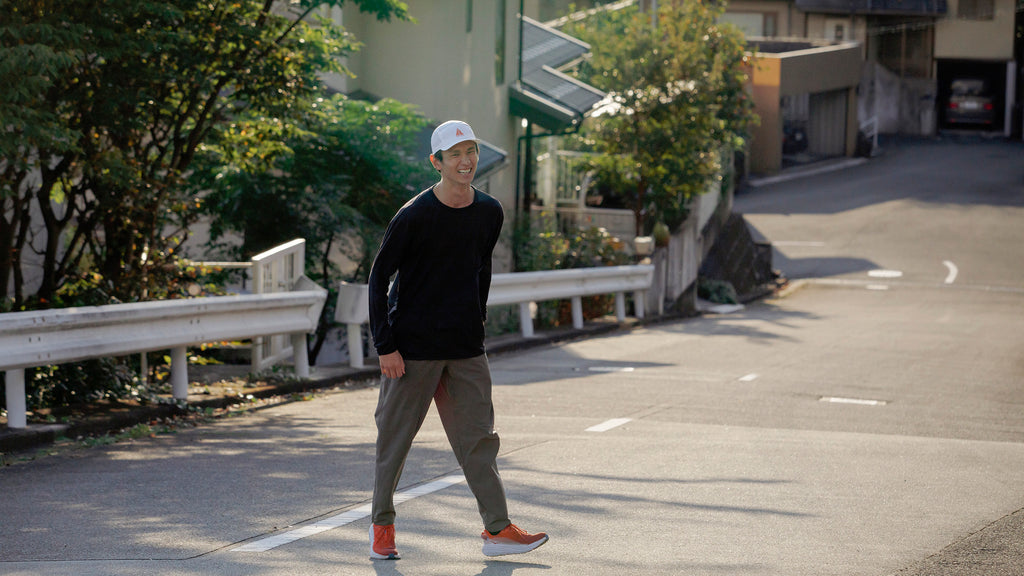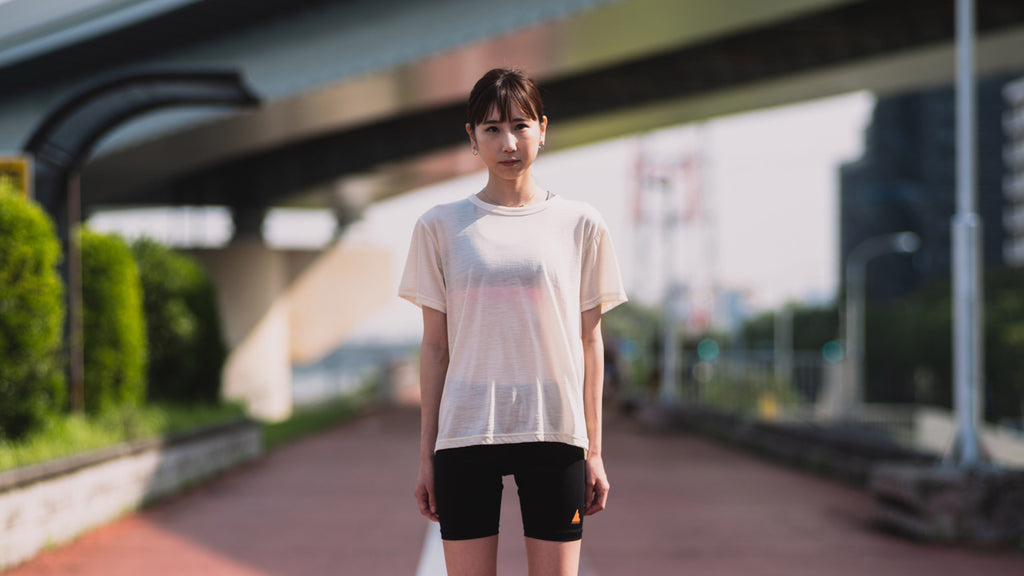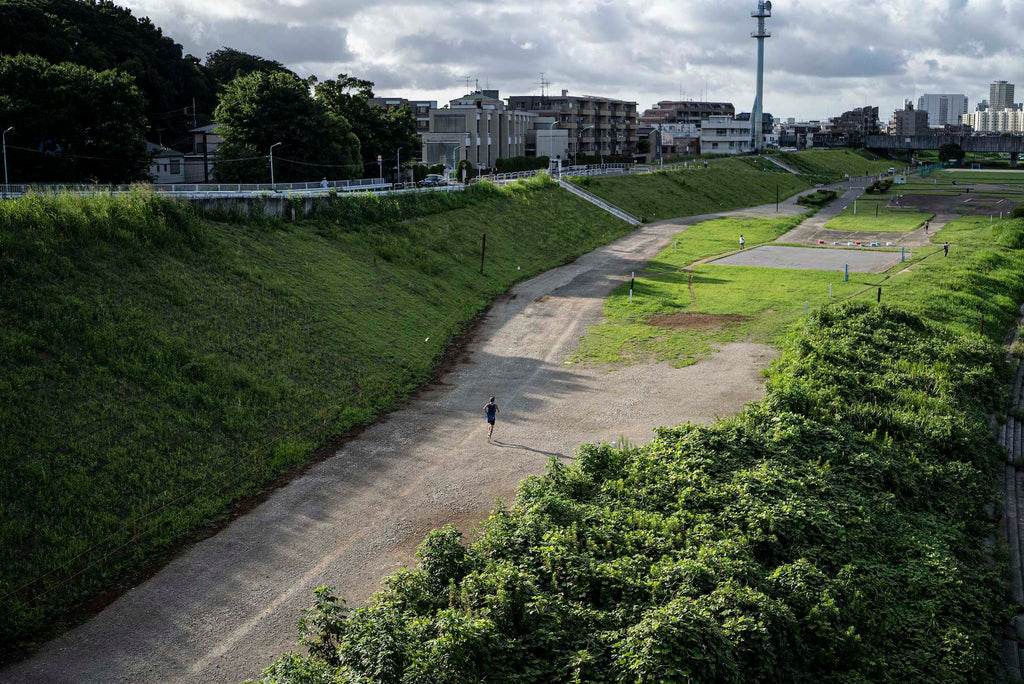CALM TALK 09 必要としている人に豊かさを届けたい | 斉藤りょう子(瞑想家・ヨギ)
 斉藤りょう子さんは、ゆっくりと言葉を選んで穏やかに話す。それは、15年近く続けてきたヨガとその後に深めていった瞑想の賜物なのではないかと感じさせる。〈HERENESS〉とライフスタイルプロダクト〈KINTO〉とのコラボレーションイベントでは、〈ティーメディテーション〉というお茶を入り口にした瞑想のワークショップを開催してくれた。瞑想を自然に生活の中に落とし込むコツを斉藤さんに伺った。
斉藤りょう子さんは、ゆっくりと言葉を選んで穏やかに話す。それは、15年近く続けてきたヨガとその後に深めていった瞑想の賜物なのではないかと感じさせる。〈HERENESS〉とライフスタイルプロダクト〈KINTO〉とのコラボレーションイベントでは、〈ティーメディテーション〉というお茶を入り口にした瞑想のワークショップを開催してくれた。瞑想を自然に生活の中に落とし込むコツを斉藤さんに伺った。
かつては運動に縁がない生活を送っていたという斉藤さんは、偶然訪れたジムでヨガを始めた。そして何度か繰り返す中で、普通とは明らかに違う呼吸や心が整う感覚を得たという。
「それまで普段、身体に感覚が向くことがなかったんですけど、ヨガを終えた後にすごく身体が安定していている感覚がありました。あと、過剰にお腹が空くとか、過剰に何かがしたいという、過剰だった部分がすごく落ち着いていて、穏やかさを感じたんです」
ヨガのスイッチが入った斉藤さんは、すぐにもっと深めたいという気持ちになる。しかしそれは2008年のこと。まだまだヨガを専門に学べるところは限られていた。
「その時は、ヨガをできるところが少なくて。ワークアウトの一部でなくてヨガだけをやりたかったので、ヨガの学校のような場所があることを知ってそこで始めました。ヨガの先生を養成する学校で、ヨガのポーズだけでなくて生理学や哲学などを学べるところです。
ただ、あまりに経験のない状態で行ってしまったので、一回やっただけでは自分の中にうまく落とし込めなくて。それを通して自分がやりたいヨガが見えてきたので、もう一度学校にいくことにしました」
斉藤さんがやりたいと感じたヨガの方向性とは、体だけでなく心も整うもの。そのための哲学なども学べるところを探していった。
一方で初心者は身体からアプローチするのがヨガに入っていきやすいとも教えてくれる。
「はじめは細かく身体に意識を向けることがないので、筋肉とか骨、外の自分の身体から、どんどん自分の心に触れていくような感じでヨガをしていました。ポーズから内観して深めていくような感じかなと思っています。ヨガを始めたことがない方は、身体にある感情とか自分の身体に向き合うことで、今まで知らなかった自分であるとか、そういうものに触れる経験になるので、新しい方には身体=アーサナ から始めるのは良いかなと思います」
斉藤さんはヨギであると同時に瞑想家として、瞑想の魅力も伝えている。それは本来、一体のものだからだ。
「ヨガのステップってまずヤマ・ニヤマと呼ばれる生活態度のようなものがあって、ヨガのポーズ(アーサナ )があって、最後のほうに瞑想がある。その瞑想のためにヨガのポーズがあるっていわれるんです。ただその瞑想が自分でできているかどうかが分からない。
目に見えないのですごくそこに興味があって、10日間沈黙の行を積む〈ヴィパッサナー瞑想〉のコースを受講したり、Googleがやっているマインドフルネスのワークショップ〈Search Inside Yourself〉を学んだりと深めていきました。目に見えないことをうまく人に伝えたいなと思って学び始めたんです」


瞑想を生活の一部に
斉藤さんも話す通り、目に見えない瞑想は難しい印象があるのも事実だ。初心者は、どのように取り組んだら良いのだろうか。
「瞑想をしやすい環境を作って、そこに規則性を持たせて、そこで座るというところから始めるのが良いですよ。そうすると日々の変化も感じ取りやすいですし、今日はできたのかもってわかりやすいかもしれないです」
習慣化するというのが、ひとつのポイントになるようだ。ただ、雑念をなくして瞑想ができたといえる実感を持つのはやはり難しい。
「できていないことに気付いてるっていうのも瞑想になっているんですよ。瞑想って気づきという意味で『気が散ってあることを考え続けているな』ということに気がついていれば瞑想なんです。頭を空っぽにするなんて多分、死なないとなれなくて(笑)。だから考えていても大丈夫です」
実際に瞑想を実践してきた斉藤さんは、それによってどんな変化を感じたのだろうか。
「自分じゃないことをすることが減りました。客観視をする思考ができてきたのだと思います。なんとなく忙しいと自分じゃないことをやってしまったり、突発的にやってしまうことがあったんですけど、きちんと自分の本質に近いことをできるようになった気がします」

伝えるということ
そして現在、斉藤さんは様々なワークショップを通じて、ヨガと瞑想の魅力を伝えている。
「あまり教えるというスタンスが好きじゃなくて、自分がいろんなこと、瞑想やヨガを経験して、それをシェアしていくみたいなかたちが好きなんです。教室で先生をするよりも企業さんなどとご一緒させてもらって、イベントを作っていくことが好きでやっています。
瞑想もその場所だけですごく集中できても、あまり生活に活かされないということが自分にもあるなって思っていて。自分が瞑想を勉強している中で禅の考え方にも触れるようになって、お茶を勉強するようになったんです。お茶を飲むっていう毎日の自分の生活の中で、どれだけマインドフルに人生を生きていけるかってことを伝えられたらいいなと思って〈ティーメディテーション〉を伝えています。 お茶を飲むことでも『自分が今何を飲みたいのか』とか、『喉が乾いて飲んでいるのかな』とか、自分に注意を向けるきっかけになる。すごく生活が豊かになるタイミングを作れると思ってやっています」
情報が多い世の中で、自分で考えたり、感じたりすることを大事にしたい、できるだけ体験を通した豊かさを届けたいと話す斉藤さんに、この先のビジョンを伺ってみた。
「芸術とかヨガとか瞑想が、いま豊かな人にしか行き渡っていないような気がしているんです。海外では、こういうものに子どもや困っている人が無料で触れることができる機会が多いように感じていて。すでに豊かな人にとってのプラスアルファじゃなくて、足りていない人やこうした豊かさを知るきっかけがこれまでなかった人に伝えることができたらいいなと思っています」

(プロフィール)
斉藤りょう子
人間の身体、目にはみえない心に興味があり、2008年よりYOGAを体系的に学び始め、2014年よりYOGAを通じた活動を始める。その後、マインドフルネス瞑想を学び、ブランドとのタイアップ、イベント出演、企業や医療へ向けたマインドフルネス瞑想を提供するなど活動している。
現在は、ソマティックワークを用いた「 声の瞑想 」 瞑想を通じて学びはじめた「 茶 」の空間や時間を瞑想とする「 ティーメディテーション 」により、静けさや穏やかさ、日々の無意識の中にある瞬きへの気づき、身体と心をおおらかに開き、受け取り、外の手触りを感じることを伝えている。
信条は、愛と思いやり、他者を理解すること。
・ マサチューセッツ州立大学 Center For Mindfulness SR-401-8W修了
・ Search Inside Yourself 受講済 (Mindful Leadership Institute)
・ ヴィパッサナー瞑想10日間コース修了





